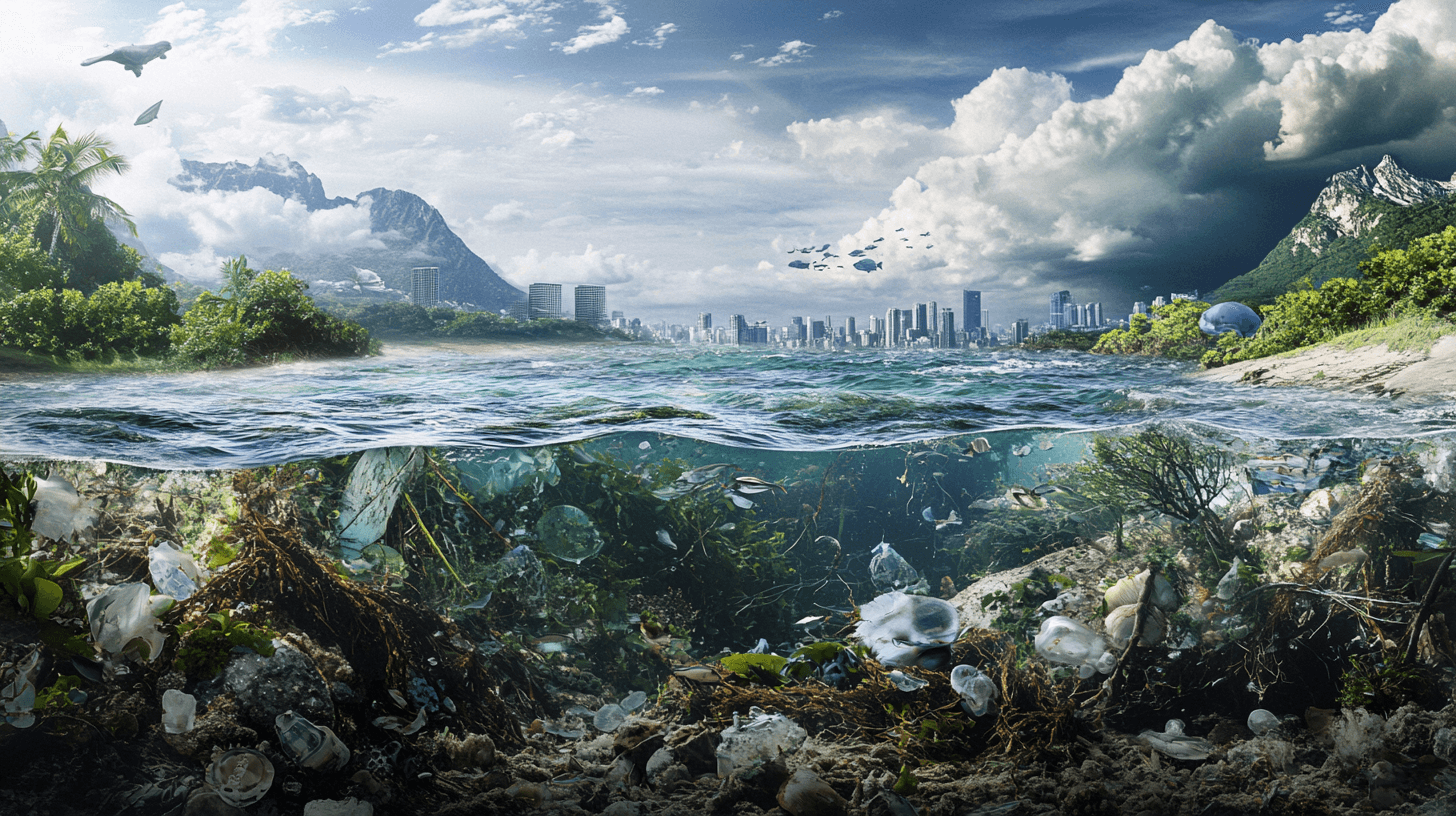As we step into 2023, the world is confronted with an array of pressing environmental challenges that demand immediate attention and concerted global efforts. From climate change to biodiversity loss, the risks are manifold and interconnected. In this article, we will delve into the main environmental risks of 2023, shedding light on their causes, consequences, and potential solutions.
Climate Change and Extreme Weather Events
The specter of climate change looms large, with 2023 marking another year of rising temperatures, erratic weather patterns, and extreme events. Greenhouse gas emissions continue to escalate, primarily driven by human activities such as burning fossil fuels and deforestation. The consequences include more frequent and severe heatwaves, storms, and flooding, posing threats to ecosystems, communities, and economies globally (IPCC, 2021).
Biodiversity Loss and Ecosystem Degradation
The rapid loss of biodiversity is a critical environmental risk in 2023, with ecosystems facing unprecedented threats. Habitat destruction, pollution, overexploitation of resources, and climate change contribute to the decline of species worldwide. The ramifications extend beyond the loss of individual species, impacting ecosystem stability, resilience, and the services they provide, such as pollination and water purification (IPBES, 2019).
Ocean Degradation and Overfishing
The world's oceans are under siege, grappling with pollution, acidification, and overfishing. Plastic pollution continues to escalate, harming marine life and ecosystems, while increased carbon dioxide absorption leads to ocean acidification, jeopardizing coral reefs and marine biodiversity. Overfishing exacerbates these problems, depleting fish stocks and disrupting the delicate balance of marine ecosystems (UNEP, 2021).
Deforestation and Land Degradation
The relentless pace of deforestation and land degradation poses a significant environmental risk in 2023. Activities such as logging, agriculture expansion, and urbanization contribute to the loss of vital forest ecosystems. This not only accelerates climate change by reducing carbon sinks but also threatens the survival of countless plant and animal species, exacerbating the global biodiversity crisis (FAO, 2020).
Air and Water Pollution
Air and water pollution remain pervasive challenges, adversely affecting human health, ecosystems, and biodiversity. Industrial emissions, agricultural runoff, and improper waste disposal contribute to polluted air and water bodies. This poses severe health risks to both humans and wildlife, impacting respiratory and cardiovascular systems, and disrupting aquatic ecosystems (World Bank, 2021).
Conclusion
As we confront the main environmental risks of 2023, a sense of urgency and global collaboration is paramount. Addressing these challenges requires coordinated efforts from governments, businesses, communities, and individuals worldwide. Sustainable practices, conservation initiatives, and the transition to clean energy sources are crucial steps toward mitigating the environmental risks we face.
References:
- IPCC (2021). Intergovernmental Panel on Climate Change. Sixth Assessment Report.
- IPBES (2019). Intergovernmental Science-Policy Platform on Biodiversity and Ecosystem Services. Global Assessment Report.
- UNEP (2021). United Nations Environment Programme. Global Environmental Outlook.
- FAO (2020). Food and Agriculture Organization. The State of the World's Forests.
- World Bank (2021). Pollution Management and Environmental Health. Environmental, Social, and Governance (ESG) Data Platform.
For more info on our brands, head over to DooGood (bamboo toilet paper) and Teevo (eco-friendly, compostable tableware).




